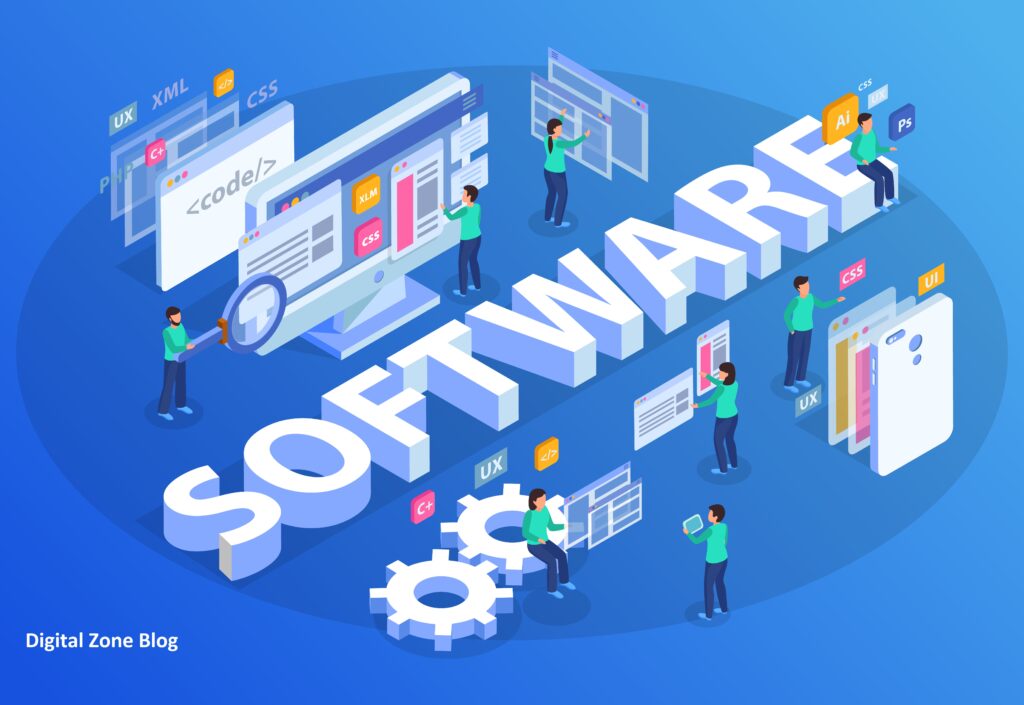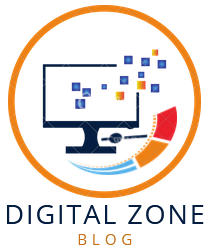Software development models play a pivotal role in shaping how software is designed, built, and deployed. They serve as roadmaps guiding the entire development process, impacting project timelines, resource allocation, and overall success. This critical analysis aims to unravel the pros and cons of various software development models, aiding professionals in making informed choices when selecting the most suitable approach.

Introduction to Software Development Models
Understanding the significance of software development models is crucial in the realm of technology. These models delineate methodologies, sequences, and procedures governing the development life cycle. Whether it’s about the Waterfall, Agile, Iterative, Spiral, V-Model, or newer hybrid approaches, each model offers distinct advantages and drawbacks.
Waterfall Model
The Waterfall model, a linear and sequential approach, involves phases progressing in a cascading manner. It begins with requirements gathering and proceeds through design, implementation, testing, and maintenance. Its structured nature provides clarity but lacks flexibility, often leading to difficulties in accommodating changes mid-project.
Agile Methodology
Agile, an iterative and adaptive approach, promotes flexibility, collaboration, and customer involvement. Its incremental cycles allow for constant feedback, enabling rapid adjustments. However, this flexibility might pose challenges in managing larger projects and necessitates high levels of client involvement.
Iterative Model
The Iterative model involves repeated cycles of development, refining the product through successive iterations. It fosters continuous improvement but may extend project timelines and requires vigilant monitoring to avoid scope creep.
Spiral Model
The Spiral model combines iterative development with elements of the Waterfall model, emphasizing risk assessment and mitigation. Its flexibility in handling unforeseen issues is an asset, yet its complexity demands skilled management.
V-Model
The V-Model corresponds each development phase with a testing phase, ensuring thorough validation. While it enhances the reliability of the final product, any changes in requirements during the process could be challenging to accommodate.
Comparison of Models
Contrasting these models reveals the trade-offs between structure and flexibility, predictability and adaptability. Factors like project size, complexity, client engagement, and industry standards significantly influence the choice of a model.
Hybrid Models
Hybrid models, combining aspects of various methodologies, attempt to leverage the strengths while mitigating the weaknesses of individual models. However, integrating different approaches demands a deep understanding of each, posing challenges in execution.
Real-World Applications
In real-world scenarios, the choice of model greatly impacts project success. Examples range from large-scale software systems in industries like healthcare, finance, and aerospace, showcasing both triumphs and failures associated with different models.
Future Trends
Emerging trends suggest a shift towards more adaptive and collaborative models, driven by advancements in technology and evolving consumer demands. This evolution is likely to shape the future landscape of software development.
Conclusion
In conclusion, each software development model comes with its set of advantages and limitations. Choosing the right model demands a comprehensive understanding of project requirements, team dynamics, and industry standards. While there’s no one-size-fits-all approach, informed decisions considering the project’s context remain paramount.
FAQs
- Which software development model is the best? The “best” model depends on the project’s nature, size, and requirements. Each model has its strengths and weaknesses.
- How do I choose the right model for my project? Evaluate project specifics, team expertise, client involvement, and flexibility needs to align with the suitable model.
- Are hybrid models more effective than singular methodologies? Hybrid models attempt to combine strengths, but their success depends on how well integrated and managed they are.
- What role does client involvement play in software development models? Models like Agile emphasize client involvement, while others like Waterfall may require less frequent interaction.
- What impact do software development models have on project timelines? Models like Agile often shorten timelines due to iterative development, while more structured models like Waterfall might have longer timelines but clearer milestones.

3 thoughts on “Critical Analysis of Software Development Models: Pros and Cons Unveiled”
Comments are closed.